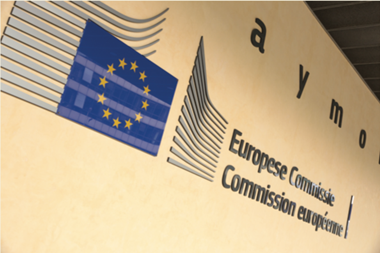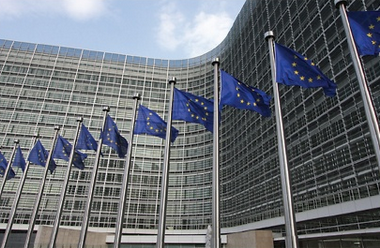As many readers may already know, tomorrow is SFDR day. The EU’s Sustainable Finance Disclosures Regulation (SFDR), one output of the European Commission’s sustainable finance action plan, comes into force, requiring application of the high-level requirements. There are things to like and not to like about the regulation.
To like is that the SFDR is an attempt to bring some order to the Wild West that is the land of ESG, or whatever you want to call it, by requiring asset managers to make disclosures about the sustainability-related features of their products in a standardised way, aiding comparability and transparency.
For Justin Partington, group head of funds at investor services group IQ-EQ, 10 March “marks the end of greenwashing”. According to Alexandra Mihailescu Cichon, executive vice president at ESG data science firm RepRisk, the SFDR will deepen the discussion on ESG between asset managers, asset owners and other stakeholders. It will mean we will all soon “speak the same language” when it comes to sustainable investments and conversations will be more meaningful.
There is a lot more to the SFDR, but one of its most visible impacts will be that from 10 March, asset managers will have to classify their sustainability-related funds and mandates as one of two types of products, so-called Article 9 or Article 8 products.
Article 9 products are those with a sustainable investment objective, with sustainable investment defined as an investment in an economic activity contributing to an environmental or social objective.
Article 8 products are those that “promote, among other characteristics, environmental or social characteristics”.
While some institutions may be bold with their initial classification decisions, others are playing it safe. SFDR does not only apply to asset managers, and in Denmark, for example, pensions mutual Velliv has told IPE that it has categorised its products cautiously “and probably a bit conservatively” given that there is still some uncertainty about product definitions and data.
BMO Global Asset Management last week unveiled its SFDR classification, categorising 15 out of 16 funds as Article 8 funds, and one as an Article 9 product.
It is also positive that the SFDR seems to be pulling in even those that are not in its scope, underscoring its standard-setting force. Sweden’s AP7, for example, has told IPE that it is not formally affected by the regulation, but that “we are voluntarily aligning ourselves to the reporting standard that has been developed”.
Possibly also to like, or at least acknowledge, is the effect the SFDR has had in terms of driving home the need for action in the realm of corporate reporting, as those subject to its requirements have argued they didn’t have the information they needed to be able to comply. This was not least with regard to “principal adverse impact” reporting, which is set to become mandatory for asset managers with 500 employees or more.
At insurer KLP in Norway, Heidi Finskas, vice president, corporate responsibility, says that the quality, availability and comparability of ESG data has “always been a challenge for systematic ESG work, but here we expect a sharp jump in a relatively short time”.
“With everyone in the European financial industry having to report, there will also be higher expectations of companies to report well,” she says.
On the other hand…
But there are also things not to like.
For example, it doesn’t seem ideal that the definition of one of the key product types introduced by the SFDR isn’t very clear. What does it mean to “promote” environmental and social characteristics? In a letter to the Commission earlier this year the European supervisory authorities identified this question as one of the “priority issues” that would “benefit from a more urgent clarification to facilitate an orderly application” of the SFDR from 10 March.
Another concern with the SFDR is its application to pension funds, who are subject to the same rules as asset managers, insurers and other “financial market participants”.
As pointed out by industry lobby groups, albeit in vain, there are many countries where pension fund members and beneficiaries have no investment choice and are automatically or mandatorily enrolled, and therefore are not like retail investors proactively seeking to buy a responsible or sustainable financial product.
“In this case,” said PensionsEurope in its response to a consultation on draft SFDR rules last year, “the ‘greenwashing’ objective is irrelevant as ESG is never used as a selling point and the pension fund must be considered as the end investor.
“Therefore, it would be inappropriate to impose to these pension funds the same transparency requirements as those applying to big commercial financial entities,” it added.
Yes, this battle was lost, and maybe the argument is not in keeping with the times, but there is an important point here.
The concern is that reporting requirements are being imposed that are too detailed and will create additional costs but little to no added value at a time when rates are already low and pension adequacy is on a downward trend.
“I see a lot of red lights,” says Philip Neyt, chair of Belgian pension fund association PensioPlus. “A pension plan becomes very expensive. We have a lot of small pension funds in Europe and I always ask myself how long it will last.”
Pension adequacy may not be as sexy a topic as sustainable finance and greenwashing, but it’s worth remembering that it matters, too.











No comments yet